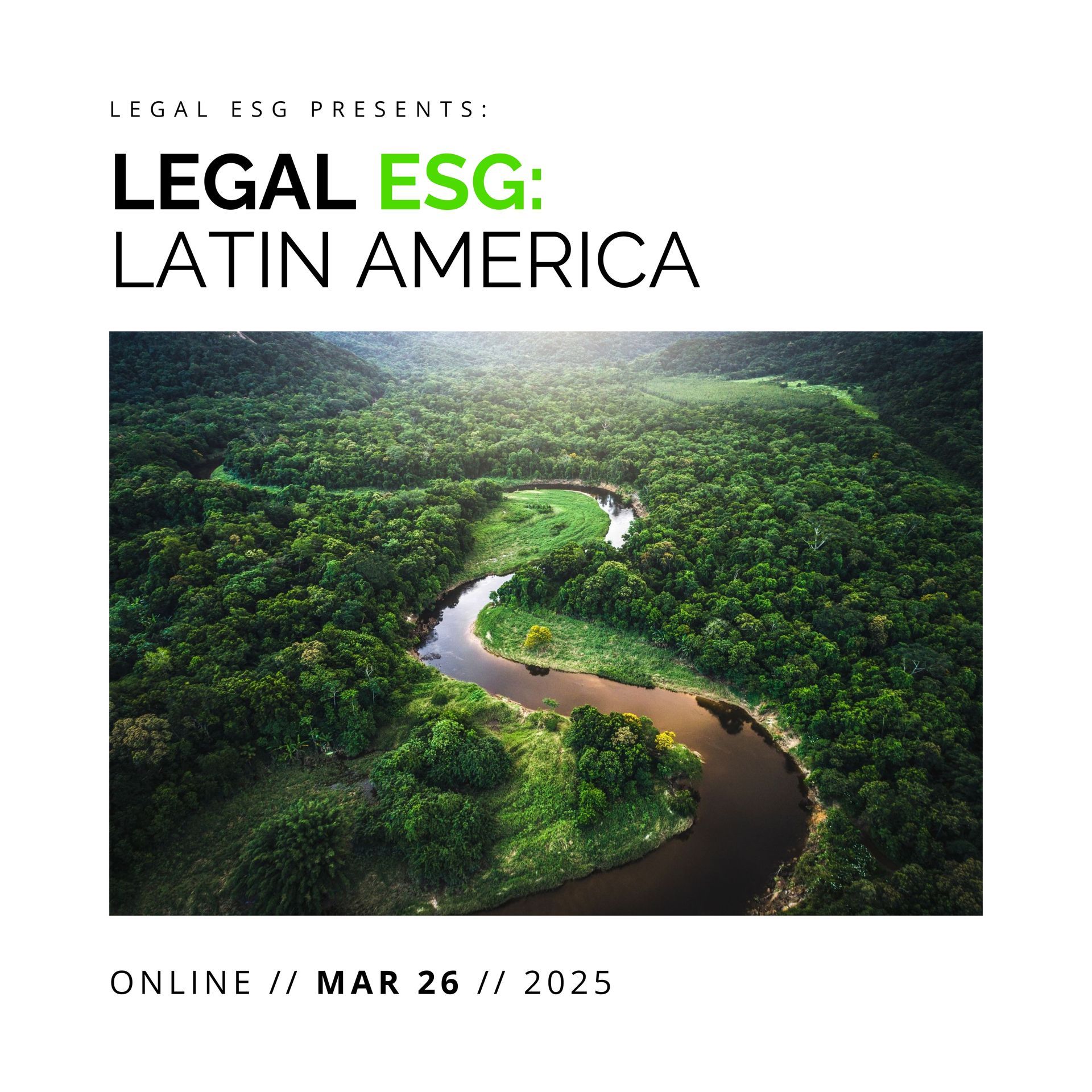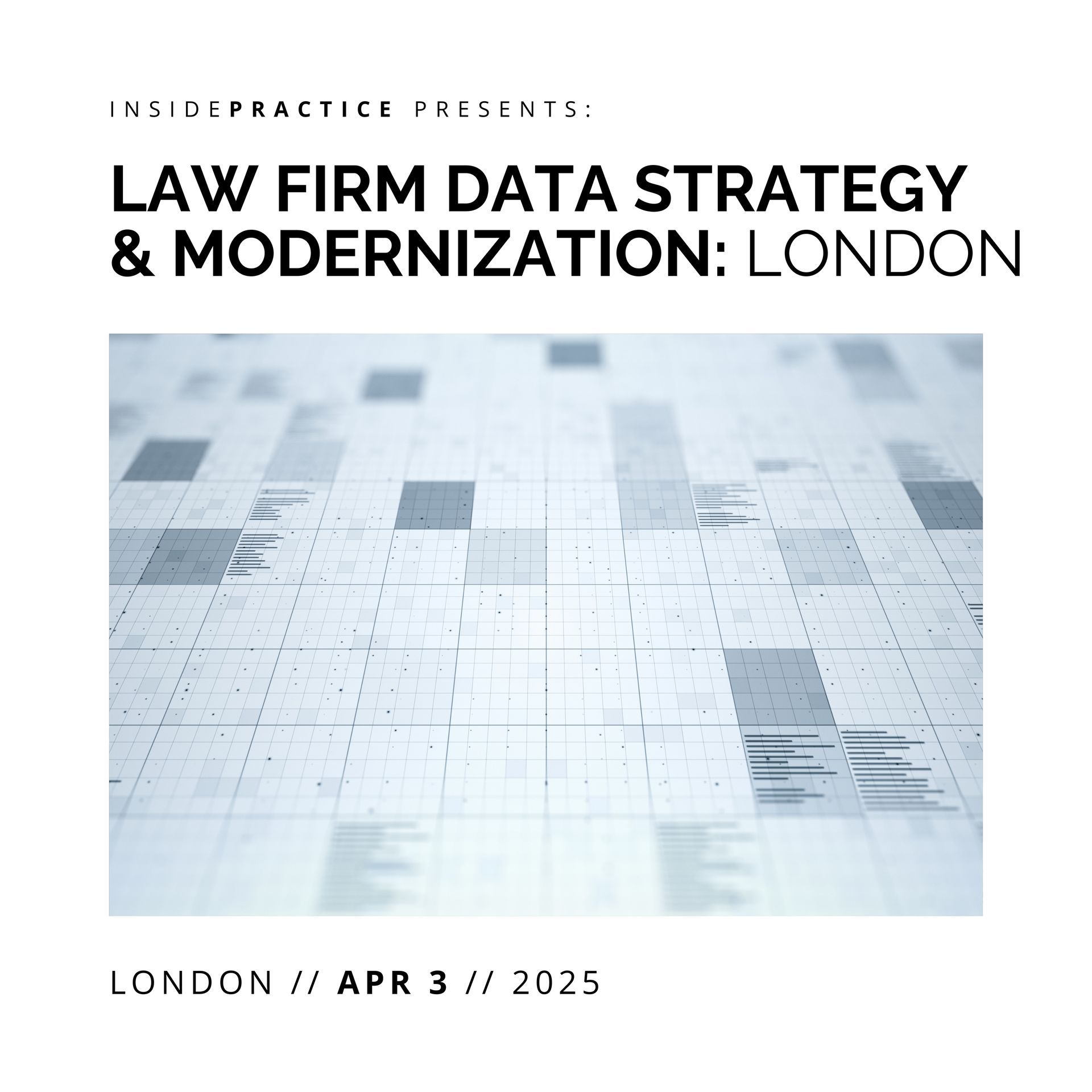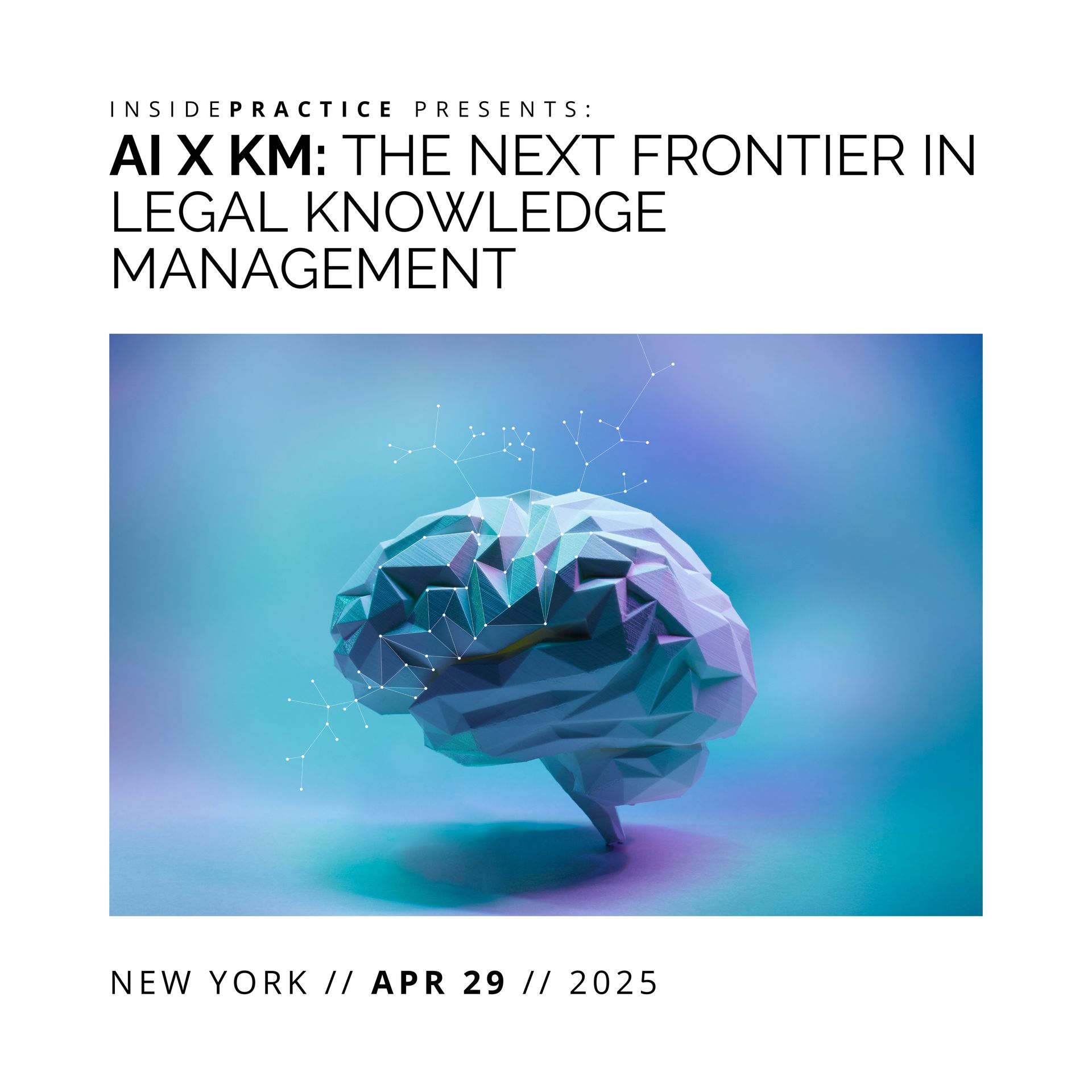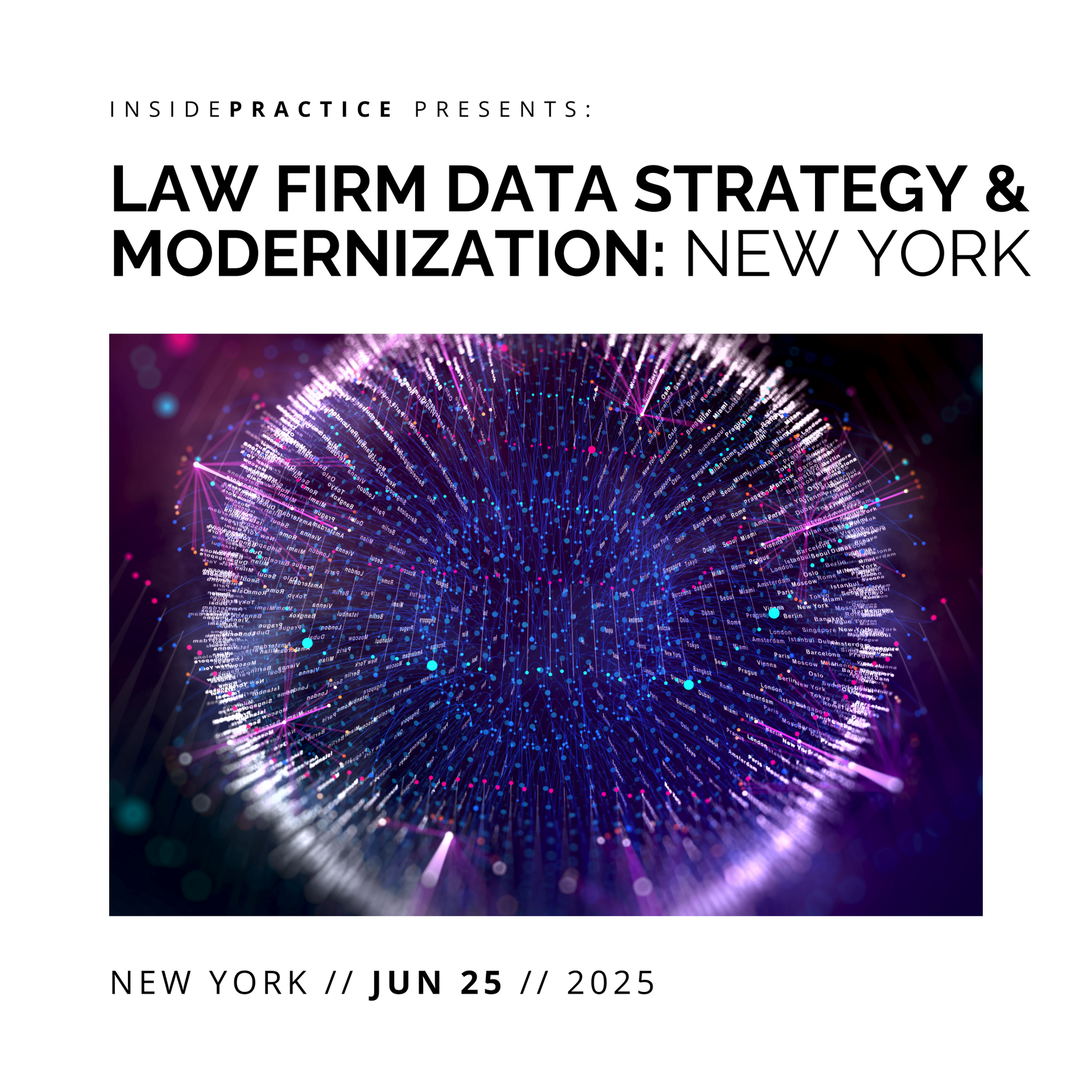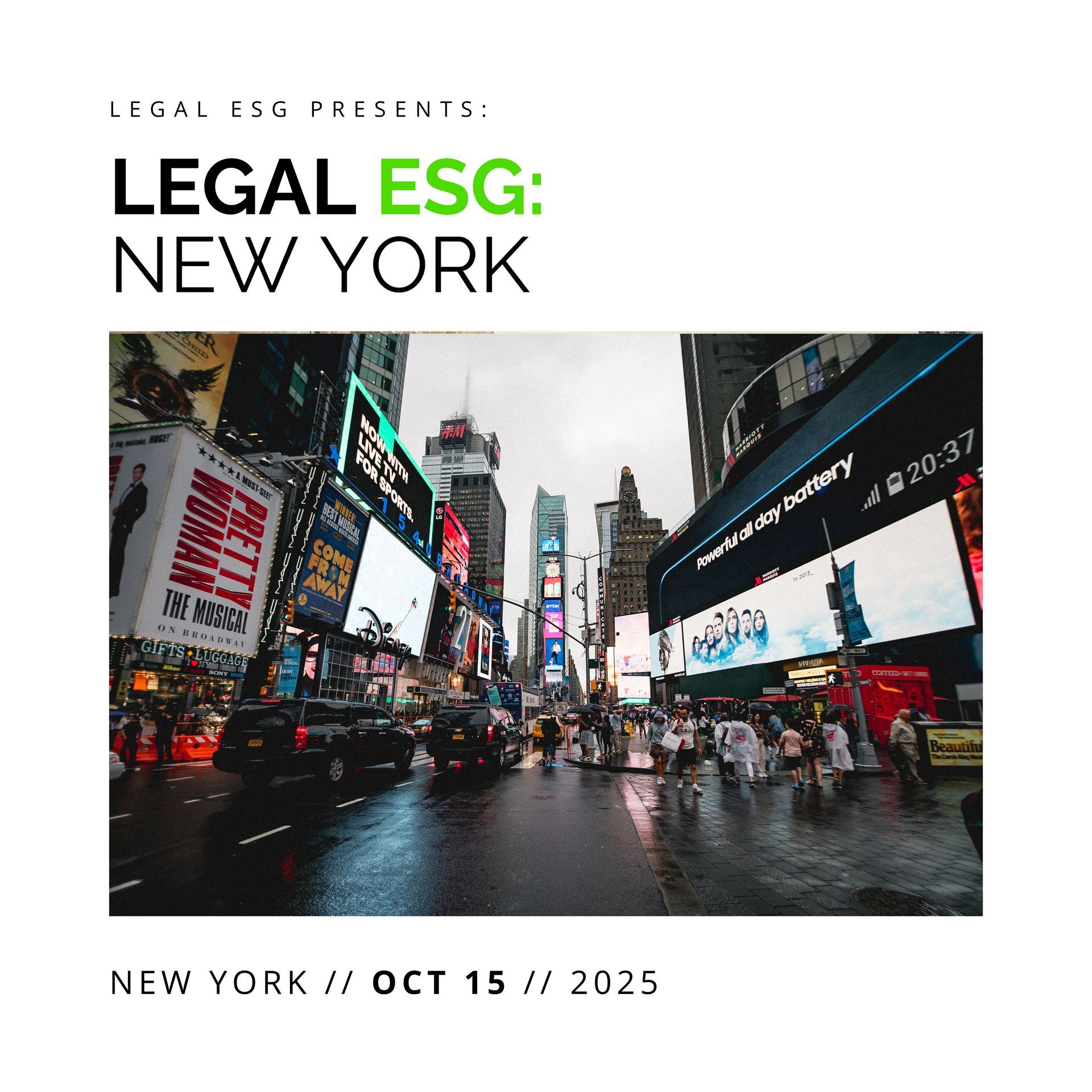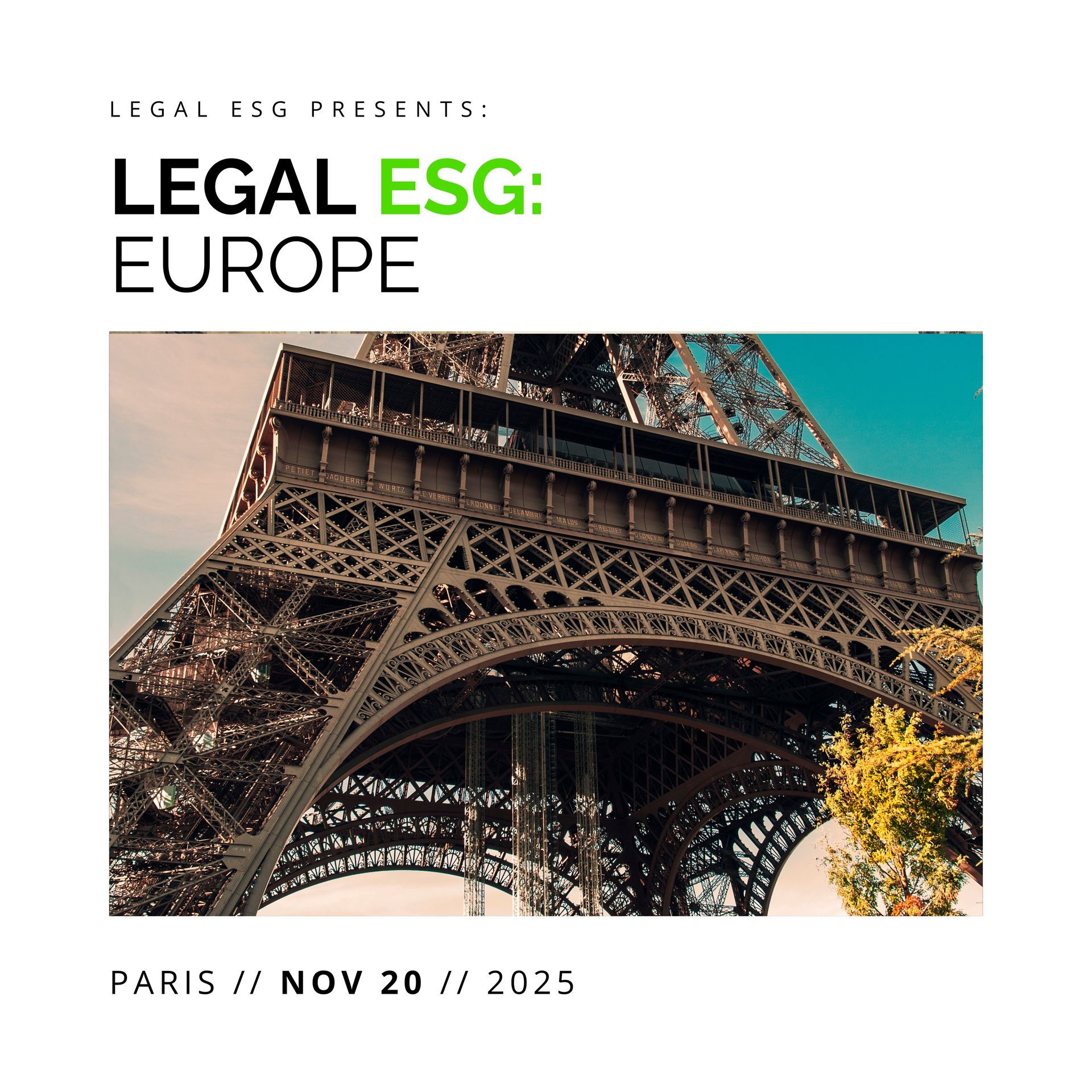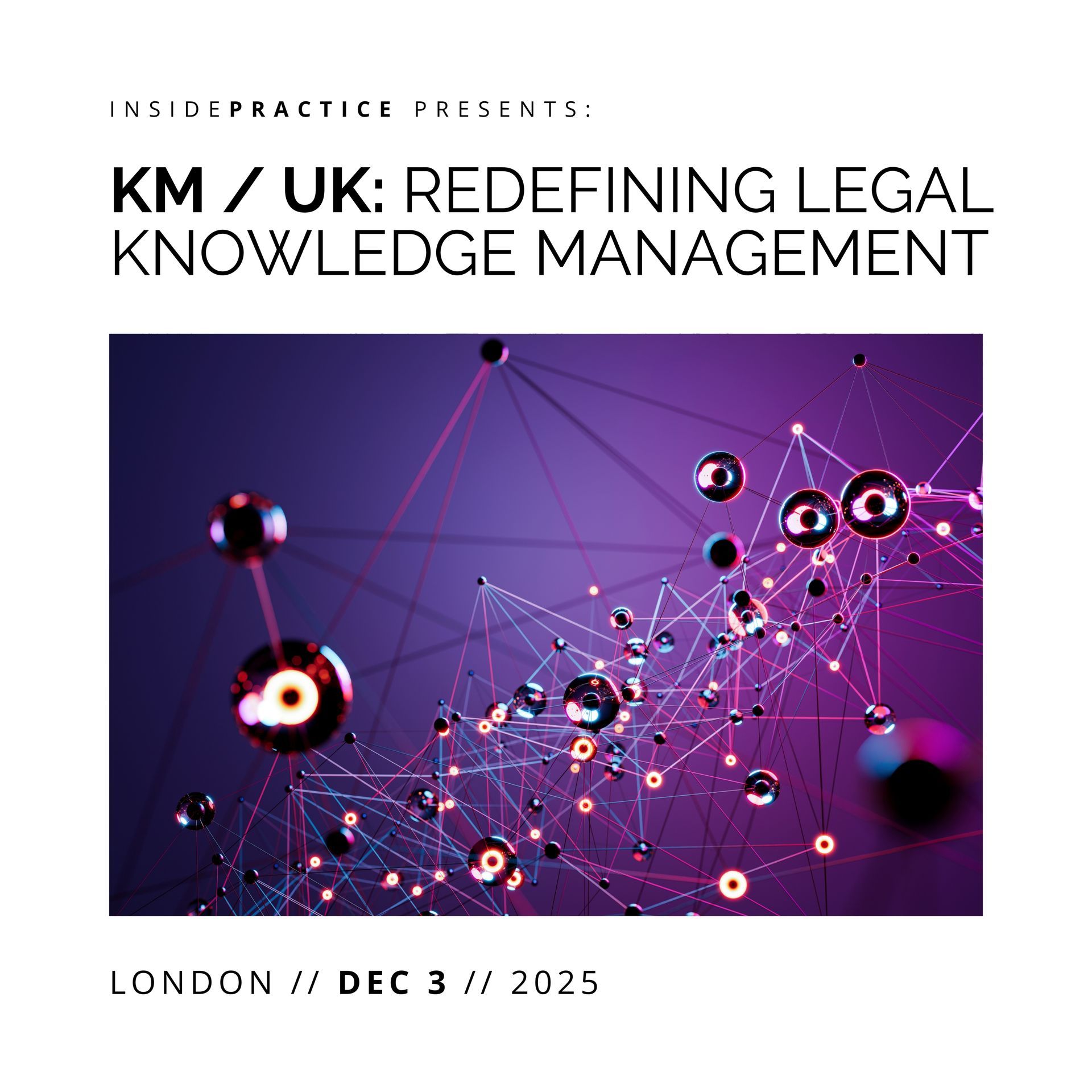
A New Era of ESG Under Prime Minister Carney
In March 2025, Canada entered a new political era with the election of Prime Minister Mark Carney—a global climate finance figure now steering national climate and economic strategy. One of his first acts was scrapping the federal consumer carbon tax, a decision aimed at alleviating financial strain while preserving industrial emissions pricing. This move has sparked debate: is Canada weakening its climate commitments, or simply taking a more pragmatic route?
Carney’s intent is clear. Rather than abandon ESG priorities, his government is reconfiguring them for political durability and economic alignment. Industrial polluters will still be regulated through the Output-Based Pricing System, while incentives for green retrofits, electric vehicles, and clean tech will fill the policy gap. Carney has also proposed a Canadian Carbon Border Adjustment Mechanism (CBAM) to guard against carbon leakage—signaling a firm stance on climate, even as the policy instruments shift.
For law firms, this isn’t a retreat from ESG—it’s a redefinition. Legal advisors must now track not just the letter of the law, but the political logic behind it. A more targeted and politically savvy approach to ESG is emerging, one that balances environmental stewardship with economic competitiveness. Legal counsel must interpret this new tone for clients—especially those navigating cross-border operations, regulatory compliance, or reputational risk in an increasingly politicized ESG climate.
Evolving ESG Frameworks: What Firms Need to Know
The shift in political leadership comes amid significant regulatory movement. The Canadian Sustainability Standards Board (CSSB) has advanced climate disclosure frameworks aligned with global norms. Public companies will soon face mandatory reporting of climate-related risks, governance practices, and financial exposures.
For legal professionals, this marks the end of ESG as a “voluntary” exercise. Law firms must equip themselves to guide clients through climate scenario analysis, emissions disclosures (Scope 1 and 2 now, Scope 3 soon), and board-level governance reviews. In-house counsel and private practitioners alike should treat ESG reporting as a core element of corporate risk management.
Beyond environmental metrics, the social and governance pillars are gaining teeth. The Fighting Against Forced Labour and Child Labour in Supply Chains Act, effective since January 2024, compels companies to investigate and disclose human rights risks in their supply chains. This is no longer a matter of corporate ethics—it’s statutory compliance. Meanwhile, institutional investors and regulators are scrutinizing board diversity, executive pay alignment, and governance structures more than ever before.
The message is clear: ESG in Canada is no longer a branding exercise or marketing narrative. It is now a legal and strategic imperative—with real consequences for missteps, misreporting, or superficial commitments. As ESG becomes more embedded across multiple legal domains (disclosure, governance, human rights, contracts), firms must build interdisciplinary capabilities to serve evolving client needs.

U.S. Divergence and Geopolitical Crosswinds
Canada’s ESG trajectory is diverging sharply from that of the United States. Under a second Trump administration, the U.S. has withdrawn (again) from the Paris Agreement, scaled back federal climate mandates, and issued executive orders targeting ESG-related investment practices. In this political climate, some U.S. states have gone further—accusing ESG frameworks of ideological overreach and actively discouraging their adoption.
For Canadian law firms advising cross-border clients, this creates significant legal and reputational complexity. Clients must now navigate ESG regimes that are not only inconsistent but ideologically opposed. How do you advise a Canadian company doing business in a U.S. state where ESG is a legal liability, not a virtue? What’s the legal exposure when ESG disclosures in Canada contradict the political or regulatory stance of a foreign jurisdiction?
Cross-border due diligence must now factor in ESG hostility as a risk variable. M&A activity, financing, and international partnerships all require a reassessment of ESG strategy—not just for compliance, but for business continuity. Canadian legal counsel are increasingly called upon to act as geopolitical translators, helping clients align with domestic expectations without triggering backlash abroad.
Local Realities, National Challenges
Domestic factors further complicate ESG implementation. Canada’s provinces vary widely in their ESG commitments. Some support the federal government’s direction; others, especially those with resource-heavy economies, resist ESG-related regulation that could hurt local industries.
Legal advisors must help clients navigate this fragmented terrain. A national carbon border adjustment mechanism, for instance, may make sense from Ottawa’s perspective—but how it is received and enforced in Alberta or Saskatchewan may differ dramatically. Similarly, green energy incentives in British Columbia may not apply in Ontario, affecting project structuring and financing.
This federal-provincial push-pull makes ESG compliance as much about political intelligence as legal expertise. It also underscores the need for law firms to develop regional nuance in their advice. There’s no one-size-fits-all ESG counsel in Canada anymore. Each province presents its own regulatory tone, stakeholder expectations, and political climate.
ESG as Corporate Strategy, Not Just Compliance
ESG has evolved beyond a compliance requirement. It is now a strategic lever that affects how companies are valued, how they attract investment, and how they are perceived by customers, employees, and regulators. Law firms have a role to play in shifting client mindsets—encouraging proactive ESG alignment as a path to resilience and differentiation.
For example, legal advisors can help companies translate new reporting requirements into better data governance, scenario planning, and stakeholder communication. They can assist in building ESG considerations into corporate governance structures—linking sustainability metrics to executive compensation, forming ESG committees, or updating bylaws and fiduciary obligations to include climate risk.
Firms that embrace ESG not as an external imposition but as a way to future-proof their business are better positioned to attract capital, win consumer trust, and avoid litigation. This is especially critical at a time when ESG claims are being scrutinized—and litigated. Regulators are clamping down on greenwashing. Activist investors are demanding accountability. Employees and consumers are holding firms to their public values.
Lawyers must now guide clients not only on what to say in ESG reports, but how to back it up. This includes reviewing ESG-related disclosures for accuracy, preparing for potential investigations, and helping companies develop response protocols for ESG controversies—whether related to climate, social impact, or governance failures.
The Legal Profession’s Role in Canada’s ESG Future
The legal profession has a pivotal role to play in shaping Canada’s ESG future. Law firms are no longer passive observers of policy change—they are active translators, implementers, and enforcers. To meet this moment, firms must retool internally and externally:
- Integrate ESG Across Practice Groups: From capital markets to employment law, ESG now intersects with every area of practice. Equip your teams accordingly.
- Build Regulatory Foresight: Anticipate—not just react to—policy shifts. Carney’s government is moving fast. Clients need forward-looking counsel to stay ahead.
- Focus on Execution, Not Just Advice: Clients need help operationalizing ESG—embedding it in contracts, governance, supply chains, and disclosures.
- Train for Crisis Response: ESG-related reputational crises require multidisciplinary action. Lawyers must coordinate legal, communications, and stakeholder strategies in real time.
This isn’t just about ESG as a legal topic—it’s about the role of law in a changing society. ESG represents a convergence of legal risk, moral responsibility, and business strategy. The firms that rise to this challenge will be those that blend compliance with creativity, rules with vision, and legal risk with leadership.
A Final Word: From Trend to Tenet
ESG is no longer an optional trend—it’s a defining tenet of modern business and law. Canada’s political pivot under Carney has not weakened ESG, but reframed it as a pragmatic, geopolitically aware, and industrially relevant framework. The burden is now on legal professionals to translate that evolving framework into strategic guidance.
As the profession gathers at Legal ESG Toronto on 7 May 2025, the task ahead is clear: we must elevate ESG conversations beyond compliance checklists and into the heart of corporate decision-making. Law firms have a central role in this transformation—not just as interpreters of regulation, but as partners in shaping a more sustainable, resilient, and just future.
The question is not whether ESG is here to stay. The question is: Are you ready to lead?


